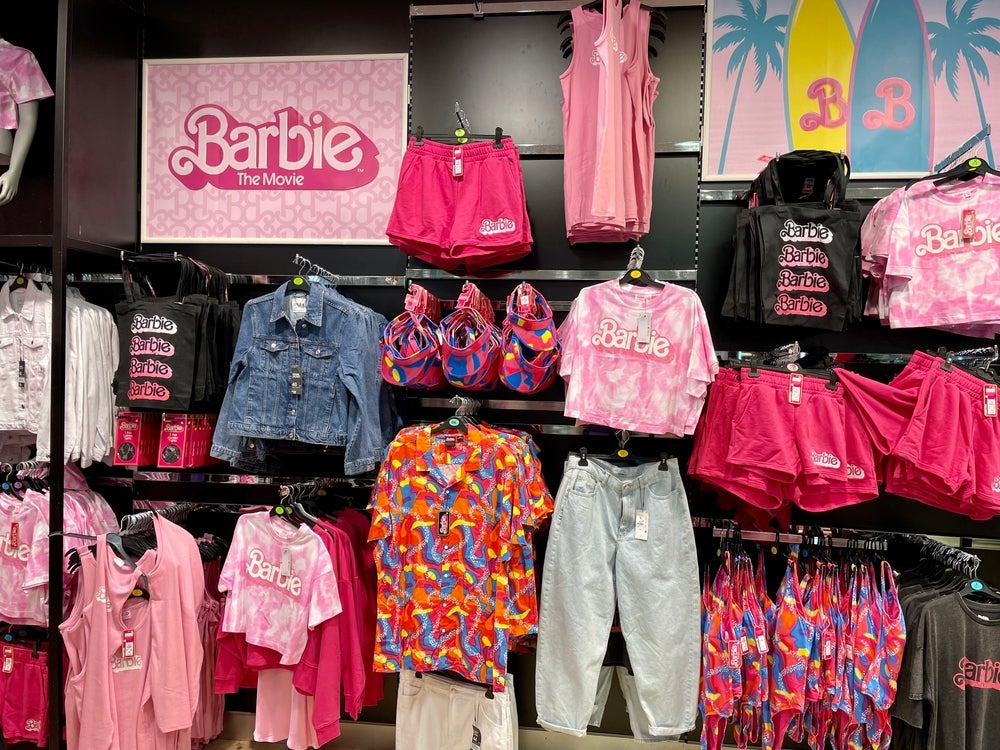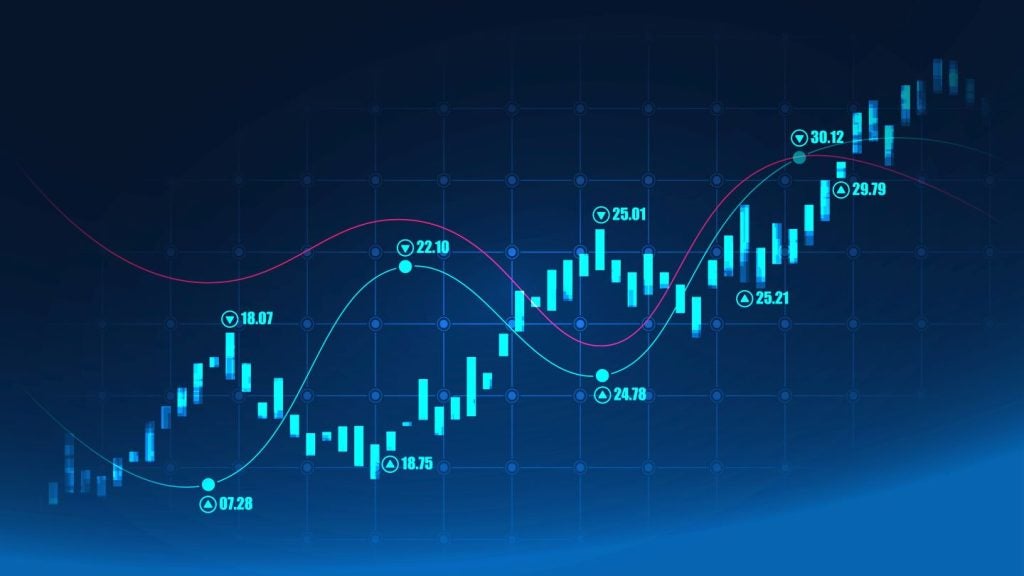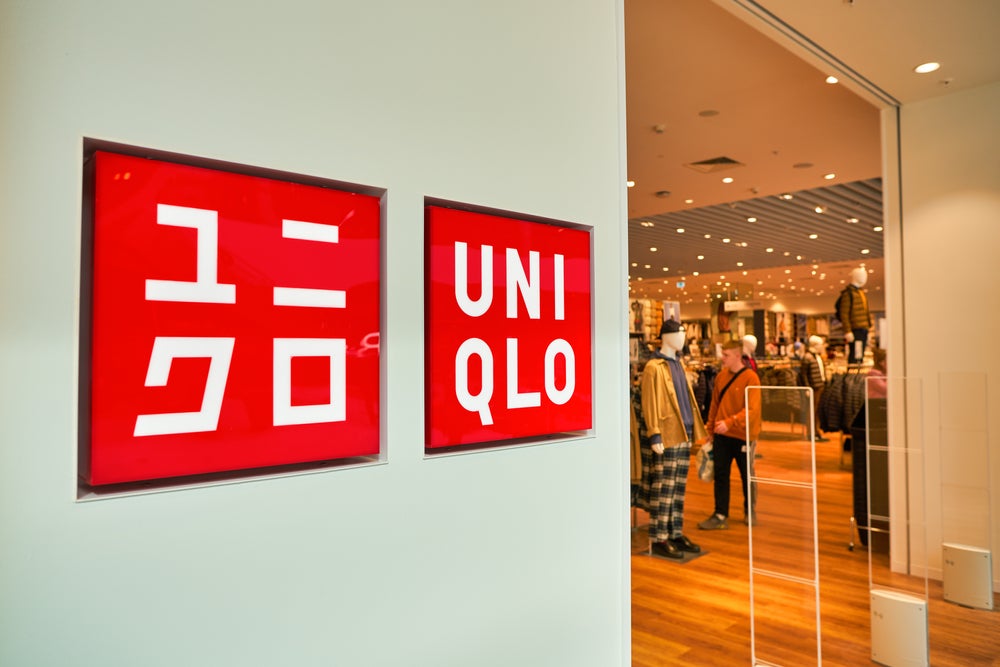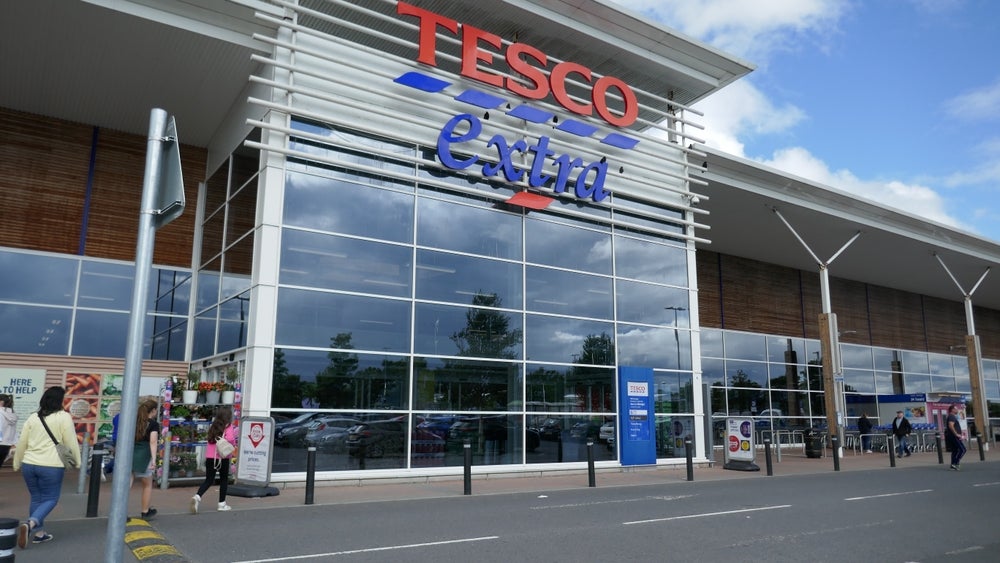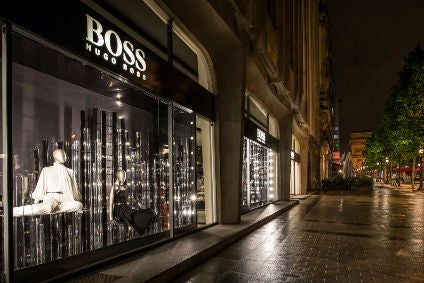
German fashion brand Hugo Boss has outlined a new strategic business plan, designed to increase the desirability of its Boss and Hugo brands through investments in speed and personalisation. The company, which is hosting an investor day in London today (15 November), has also revealed plans to increase group sales by an average of between 5%-7% per year through the expansion of its online business and exploiting its growth potential in Asia.
Ahead of its investor day, which will see the managing board present the firm’s strategy evolution and a mid-term financial outlook, CEO Mark Langer outlined a series of “high targets”, including plans to grow group sales by 5%-7% on a currency-adjusted basis by 2022. Sales are therefore expected to outgrow the projected growth of the relevant market segment for Hugo Boss in the coming years.
“We want to grow faster than the market, and expect our operating profit to develop significantly better than our sales,” Langer said. “The successful realignment of our brands Boss and Hugo has laid the foundation for this. We will further increase the personalisation of our offerings in the future and speed up central processes in the course of further developing our strategy. Our overall aim is clear: We want to be the most desirable premium fashion and lifestyle brand globally.”
To further drive the desirability of its brands, Hugo Boss is focusing on two strategic priorities in its 2022 business plan: personalisation and speed.
In a bid to increase customer satisfaction, the group says it will “substantially expand” its focus on personalised offerings by employing a more individualised customer approach, a personalised product range, and a unique shopping experience.
See Also:
In addition, it also plans to make its business processes “considerably more agile” in a move it says will enable the company to react to customer needs and to new market trends more quickly and flexibly in the future. The existing skills of Hugo Boss in product design and development, its modern logistics and IT infrastructure and the use of digital showrooms will be the key levers, the group adds.
How well do you really know your competitors?
Access the most comprehensive Company Profiles on the market, powered by GlobalData. Save hours of research. Gain competitive edge.

Thank you!
Your download email will arrive shortly
Not ready to buy yet? Download a free sample
We are confident about the unique quality of our Company Profiles. However, we want you to make the most beneficial decision for your business, so we offer a free sample that you can download by submitting the below form
By GlobalDataSales growth
Meanwhile, to help achieve its sales target, the company has identified four factors “particularly crucial” for further growth: significant growth in the group’s own online business; an improvement in retail sales productivity; exploiting the growth potential in Asia; and above-average growth of Hugo in the contemporary fashion segment.
Quadrupling of sales in the group’s own online business
The company sees great growth opportunities in expanding its online business. In the coming years, online is expected to contribute to achieving company objectives with significant above-average growth. Exploiting the potential of the own online store hugoboss.com and expanding the concession model in the online business are expected to contribute to this substantially. As a result, Hugo Boss plans to quadruple its sales in its own online business by 2022.
Significant improvement in retail sales productivity
In addition, the group aims to increase retail sales productivity by an average of 4% annually by 2022. Along with an optimisation of the store network, accelerated renovation of existing Boss stores, expansion of omnichannel services and improvements in product range are expected to contribute to this.
Above-average growth in Asia
The managing board is convinced Hugo Boss still has “considerable” growth potential, particularly in Asia. Sales in the region are expected to increase on average at a double-digit percentage rate per year by 2022, with China playing a key role. In doing so, the share of sales from Asia will increase from around 15% currently to 20% in 2022. In addition to the optimisation and expansion of the local retail network, the online business, also in cooperation with various multibrand platforms, should contribute to above-average sales growth in particular.
Significant sales increase for Hugo
The group also foresees great potential for its Hugo brand and, in the coming years, says its focus on the contemporary fashion segment should contribute to above-average growth and achieve company targets. This entails taking full advantage of the potential of the Hugo brand in the casualwear segment. The group plans to open additional Hugo stores with a “unique” concept and increase the brand’s social media activity.
Increase in EBIT margin to 15% expected by 2022
Hugo Boss is expecting a return to sustainable profitable growth already for the coming year. The company has set itself the target of improving its EBIT margin to 15% by 2022. This represents an increase of nearly 3 percentage points over the expected EBIT margin for fiscal year 2018. An improved gross profit margin and a group-wide efficiency programme with a strong focus on a more efficient use of operational expenses will contribute to this, it says.
In order to improve the gross profit margin, particular emphasis will be placed on further increasing the sales share from the group’s own retail business, reducing the complexity of the Boss and Hugo collections, improving markdown management, and decreasing the sales share of the outlet business.
The group recently blamed higher markdowns to shift unsold summer stock for a drop in third-quarter earnings.



